The history of the launch and changes of the Township builder is shared by Alexander Zabezhinsky, the project’s game design manager.

The article is a transcript of the report that Alexander read at White Nights Moscow 2018.
Alexander Zabezhinsky
A little history and figures
The first Township appeared in 2011. Then it was a project for social networks. But we quickly changed the focus and took up mobile. So Township turned from a social game into a mobile one.
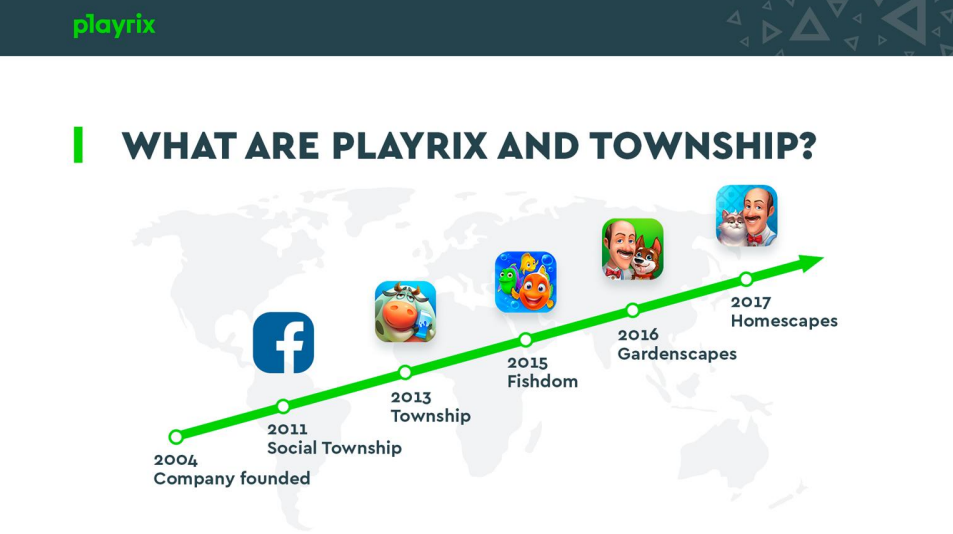
As six years ago (at the time of release), so now the project is a pioneer for us in many things. Many of the techniques that we use today on all projects of the company, for the first time we practiced it on Township.
3.5 million people log into the game every day. The audience is divided roughly equally between iOS and Android. The total number of installations is somewhere in the region of 130 million.
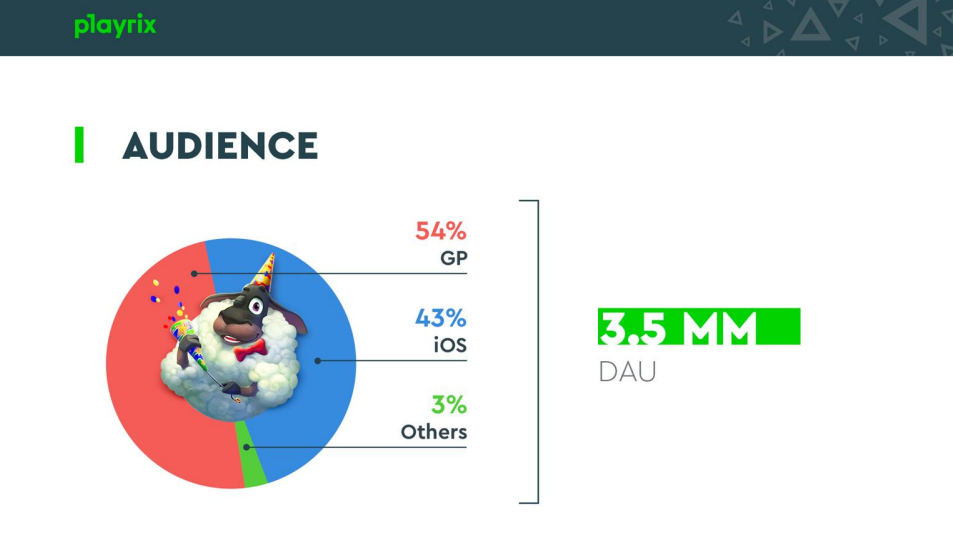
I cannot disclose the amount of revenue. But there is an opportunity to tell that since the release of its annual turnover has increased 12 times.
The main pace came in the first years since the release. Now the growth has slowed down. After all, the project is already big, and not young.

Where did the project get high results?
I attribute Township’s success to three key points.
1. The team
I think the most important condition for success is a team and well-established processes.
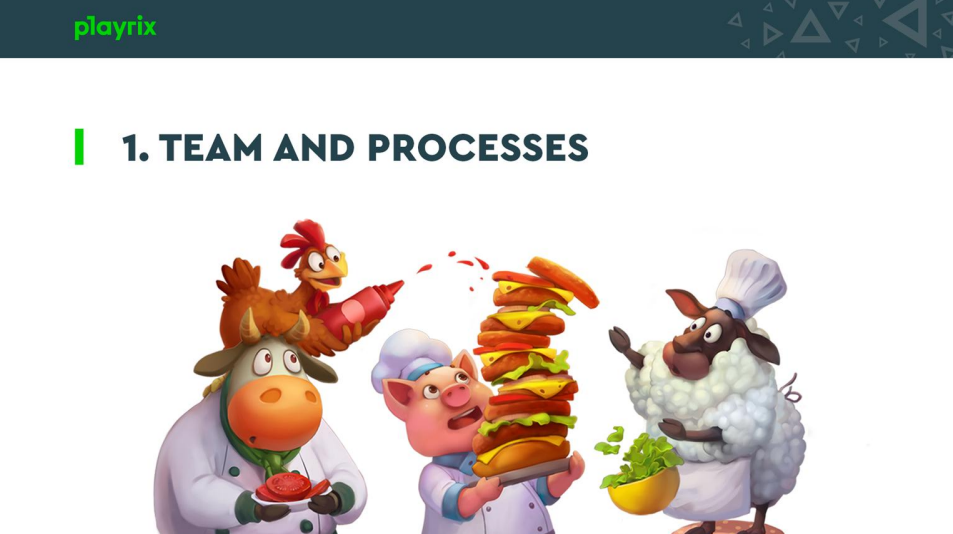
Want a hit? Bring together cool people who will be ready to adapt to new realities every day, to revise some of their internal working views.
A good team is not only intelligent specialists, but also a healthy atmosphere. If colleagues do not trust each other, do not respect or, God forbid, wage wars among themselves, then this is guaranteed to affect the result. This should be avoided.
2. Constant updates
The obvious condition for success is also the constant development of the project, the release of regular updates.

It is not enough to achieve success, it is necessary to keep it. This often takes no less effort, or even more, than the development.
It is impossible to treat the launch in the spirit of “Now I will release the game and start to relax, slowly filing updates.” It doesn’t work that way. As soon as the project is released, the most difficult and most voluminous part of the development begins. The pace of work since the release is only growing.
We have released more than 60 updates for Township in five years. On average, each update comes out every 5-6 weeks and contains a lot of improvements, a lot of new content and features.
3. Community
The third condition for the success of any game is its community and how the developer works with it.
It is necessary to listen to what the community is talking about. Often – take into account his opinion, because this is your key, target audience.
It is clear that players always want everything now and for free. Often they don’t understand what they need at all. But this is not a reason to ignore their requests and wishes.
The community of the game is a thermometer of the project, which shows what is happening and how everything really works. And we are actively using it. For example, we attract loyal players as beta testers of new features. This allows you to avoid unsuccessful decisions. The audience still knows better what is better.
By the way, Township has more than 4.5 million subscribers on Facebook alone. And the figure continues to grow.
How do we change the game?
I want to devote the main part of the material to how exactly we changed the game throughout all the years of development.
Graphics
The game, despite its age, should always remain relevant, correspond to the current trends in the market. In addition, if you constantly update your appearance, then this has a good effect on retention: why would a player go somewhere else if the picture is updated all the time.
Therefore, we periodically remaster the graphics in the Township. We take and redraw the art, content, interface. Often at the same time we improve the UX, we try to make the game more convenient.
Some visual aspects of the game are processed by us more often than others. For example, the icon and the loading screen went through dozens of iterations before we settled on the current options, which, most likely, will also change.
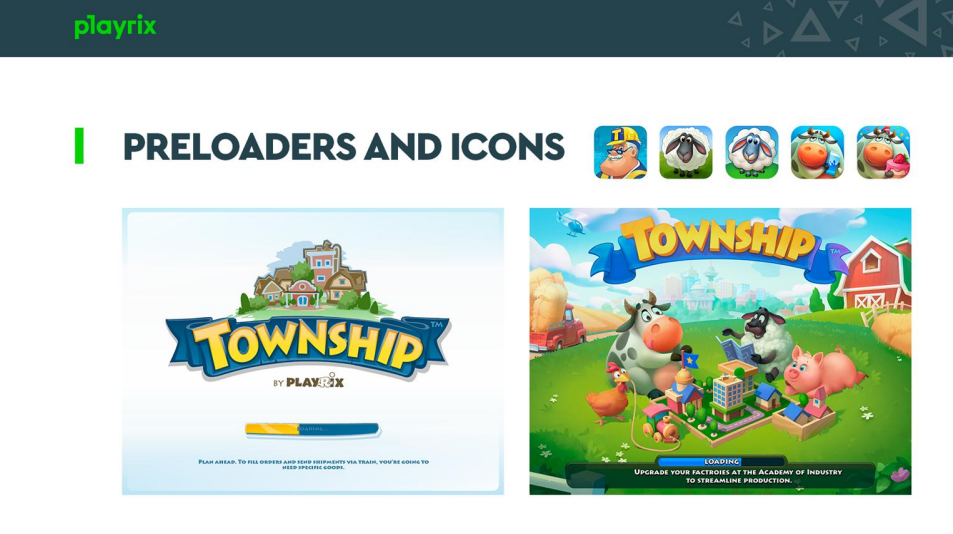
Here I will note a fundamental point: when working on loading screens and icons, you need to remain honest with the user. You can’t overdo it with beauty here: these elements don’t have to be the most beautiful aspect of the game. If the content does not match the quality of the cover, the player will be disappointed and leave.
A little higher, I noted the theme of the interface and its convenience for a reason. Its update is necessary. At the same time, redrawing the UI is a huge challenge for the team. It is often very difficult to just start processing it, given the pain that the team experienced when creating the interface for the first time, before the release.
On the other hand, there is a user. He also experiences pain and suffering when your game ceases to meet the standards that are on the market.
For example, we changed the order window in the city from scratch. Including icons, a map, a text background, and even characters.
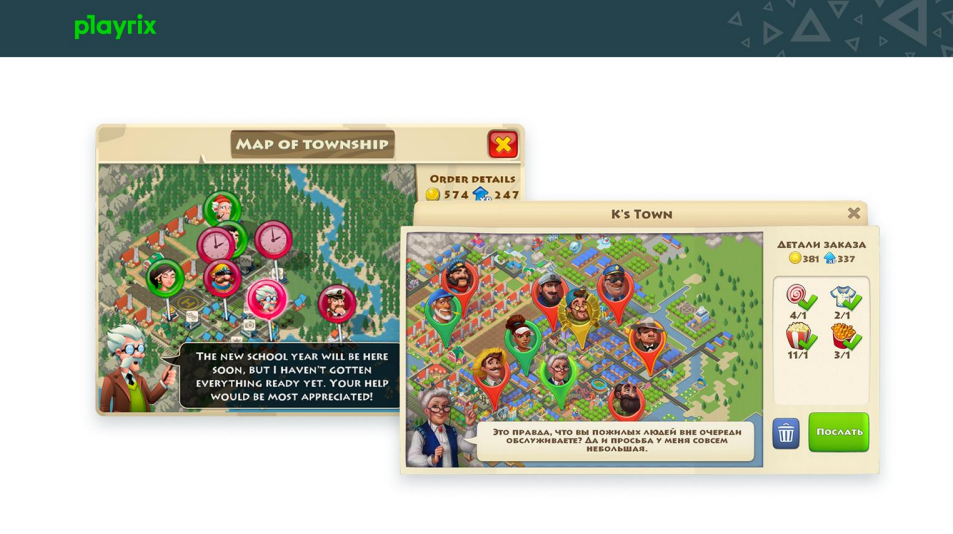
Speaking of characters. They, like everything else, require improvements to match the actual appearance of the game.

Graphics recycling is often a story about the domino principle. As soon as we change some element (icon, interface, houses, something else in the game), the rest of the graphics starts to look worse against its background. As a result, we have to redraw everything.
In 2015, we completely redrawn the entire project schedule. And today we continue to change it. It’s a titanic job that’s worth it.
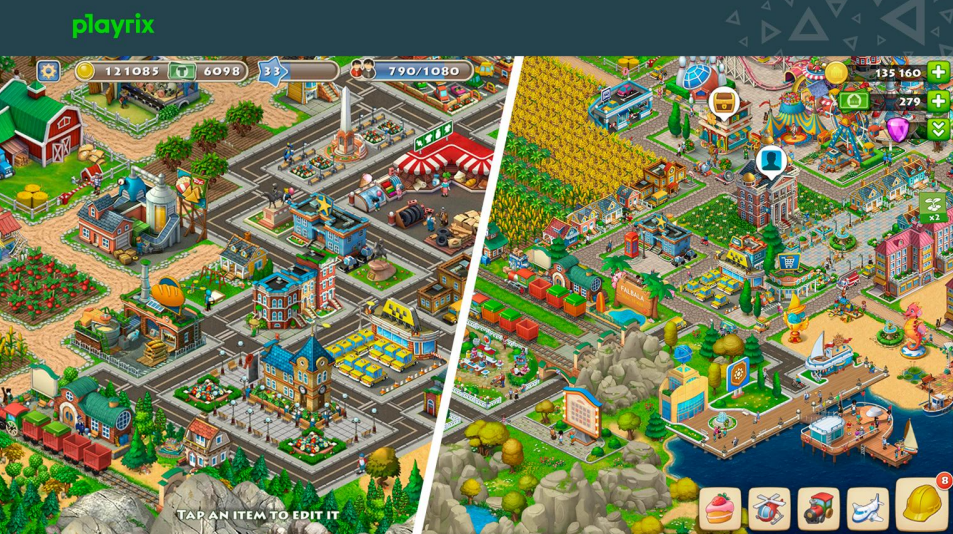
Features
We are not limited to improving graphics and interfaces. The township is developing, among other things, due to the appearance of new features and mechanics in the game.
By the time of release, we had a game cycle designed for 38 levels. Now the gameplay is designed for about 90 levels.
When the game comes out, at first there are not enough hands for anything except fixing bugs and extinguishing fires. When the main problems on the project come to an end, we move on to the question “What’s next?”. It is good if there is a development plan for the next three to six months. As part of this plan, those features that the team did not have time to make by the time of release are usually finalized.
What to do after? We had no problems answering this question. The full list of key features that we added to Township after the release took me 50 sheets. A short list can be seen on the slide below.
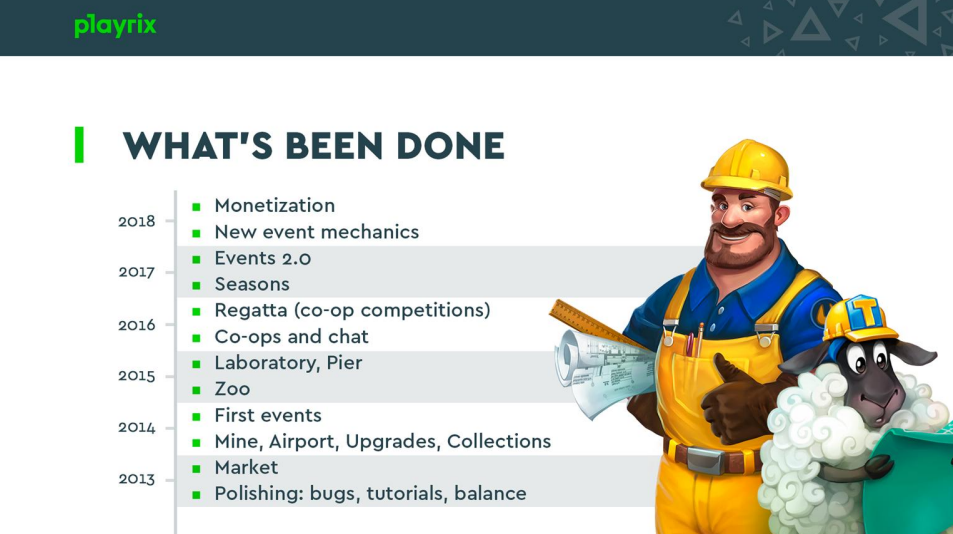
No matter how cool the game is, no matter how much it is in the top after the release, if you do not add features, the project indicators will begin to fall. In Township, we try to introduce one or another feature, mechanics, into each update.
Adding features does not always lead to an increase in revenue, but, of course, it leads to the growth of the project in the long run, as players stay in the game, they continue to play and continue to pay.
A good example of a bright and useful feature I can call unions and union competitions — regattas. Their launch was a response to our desire
to create a good social component.
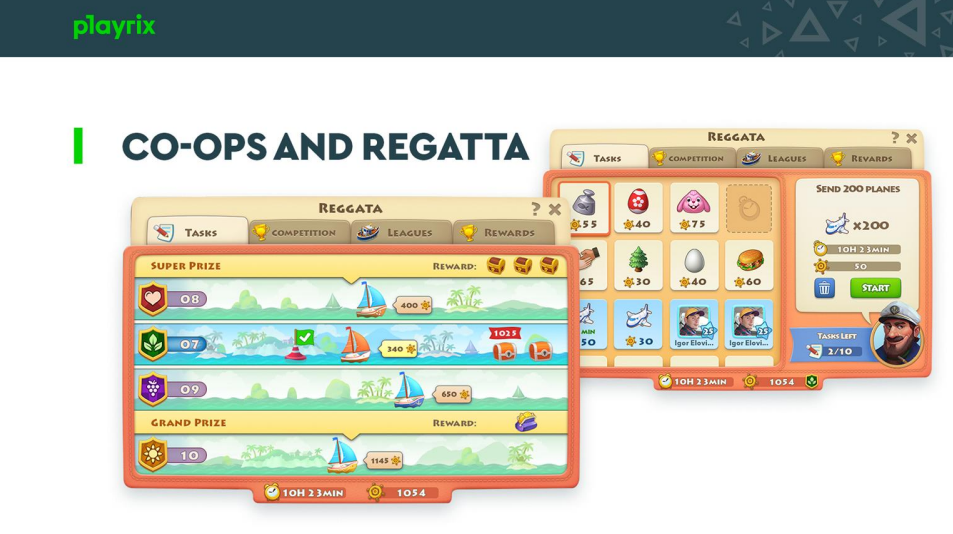
As part of the regatta, players unite into clans, complete tasks and compete with each other for prizes.
The introduction of such large-scale features has a good effect on the involvement of high-level players and on strengthening the entire community, as it provides new gameplay, new activity. Players find a new challenge in such competitions — the fight for the first places in the tops is serious.
But when creating such a feature, you need to remember: as soon as you have global ratings or competitions, cheaters immediately appear. Players will immediately start trying to break the client, break the server. If you are not ready for an endless war with a windmill, then it is better not to approach such features.
Global updates
We were not limited to new mechanics and social tools. At a certain stage, we also introduced a large additional location into the game with our own trading chains, characters, quests, and so on. In fact, we have made a second zoo city.
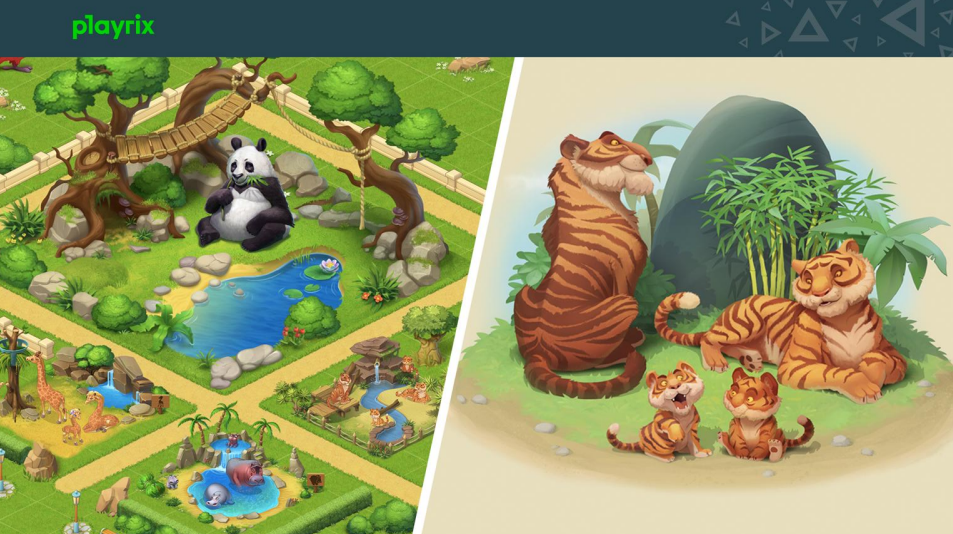
This update is designed for high-level players. It allows you to escape from the construction routine and orders for the development of a completely different style of location, for interaction with animals and the preparation and pumping of their enclosures.
Since the mechanics of the zoo are not related to the mechanics of the main city, the new location does not complicate the gameplay of the game. It is rather an alternative.
Event system and re-engagement
At a certain stage, all projects come to the need for content for those players who left the game for some reason, but who need to be returned to the project. Events have become such content for the Township.
Initially, our events worked according to the standard scheme: there was an event in which users had to produce a certain number of a particular product. These goods were delivered in a separate interface. For them, players received points, which were spent on unique rewards.
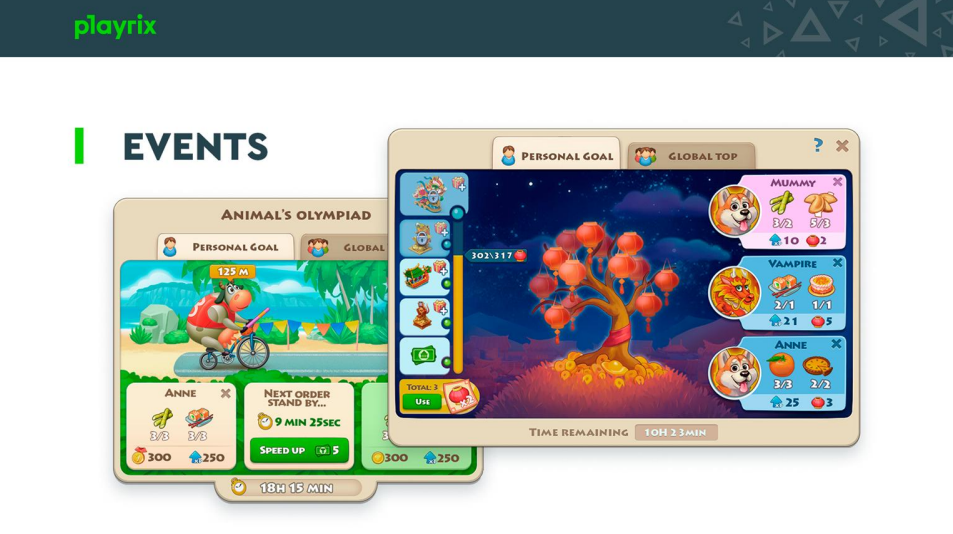
Then we decided to make the events more interesting so that players would be better involved and monetized. Instead of the standard “Produce/Hand over the product” the player began to receive a full-fledged mini-game. Now we already use six mechanics in our events — including a runner and three-in-a-row.
The user response to the system turned out to be very good. We have increased payments. Plus, the players began to communicate more with us, began to ask for more mechanics. However, there is a downside to this. If there is a repeat event, they are outraged, they say, they have already seen it.
“Events 2.0” work much better than those built according to the standard scheme. They come in especially well within the framework of thematic discounts and sales. Plus, such events allow you to withdraw the currency that you entered at discounts immediately. You don’t get a drop in sales after the end of the promotion, as is the case with standard events.
Now each update contains about two such events. They come out about once every seven days and last up to 7-10 days.
Each such event sets personal goals for the player. I mean, he can play on his own without getting involved in some hardcore competitions. But there is also a competitive component in the events. As part of the competitions, high-level players can compete for additional prizes.
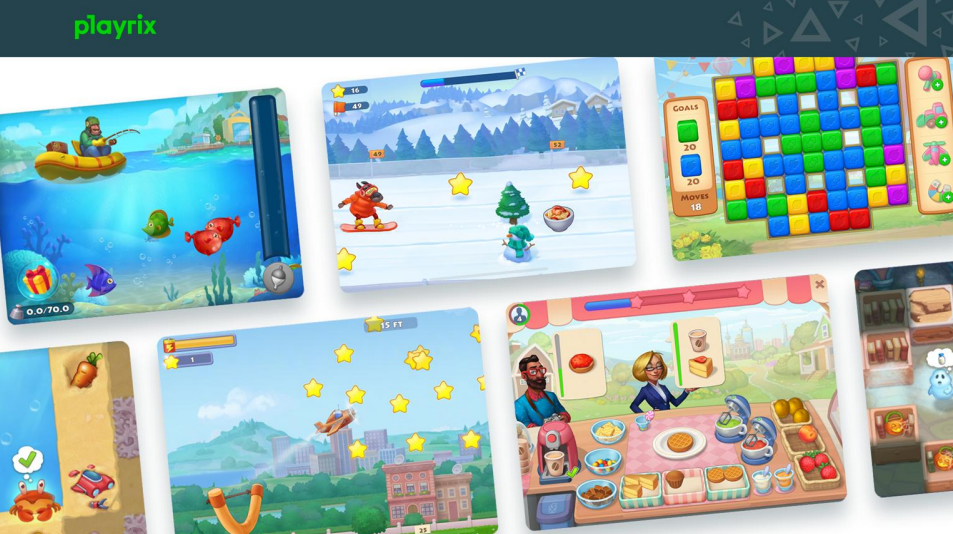
The new feature should fit well into the game cycle that you have. Therefore, often the introduction of new features requires the processing of old ones. Here you need to be decisive and ready for conceptual and quite serious changes. Sometimes you have to change almost half of the game.
When developing new features and recycling old ones, you need to look around. And not only for projects of their genre, but also for others. The introduction of “Events 2.0” is a good example here, when we moved away from the standard scheme, tried to do something conceptually new with an eye to other casual genres.
At the same time, we had quite big doubts whether it was worth releasing this system at all. Just a few days before the submission, we were ready to roll back the feature altogether. However, we decided, released and the result greatly exceeded our expectations..
The future of the Township
We have a lot of plans.
Now we are focusing on finalizing the competitions among the players.
We will also recycle the zoo, because in its current form it does not suit us. We did several iterations, tried to edit the balance exclusively. It didn’t help. Now we will edit this feature. Edits will affect 80-90% of its functionality.
This is a difficult, big job, but you need to be ready for such serious changes if you want the project to stay afloat and even more so to grow.
Also on the topic:

